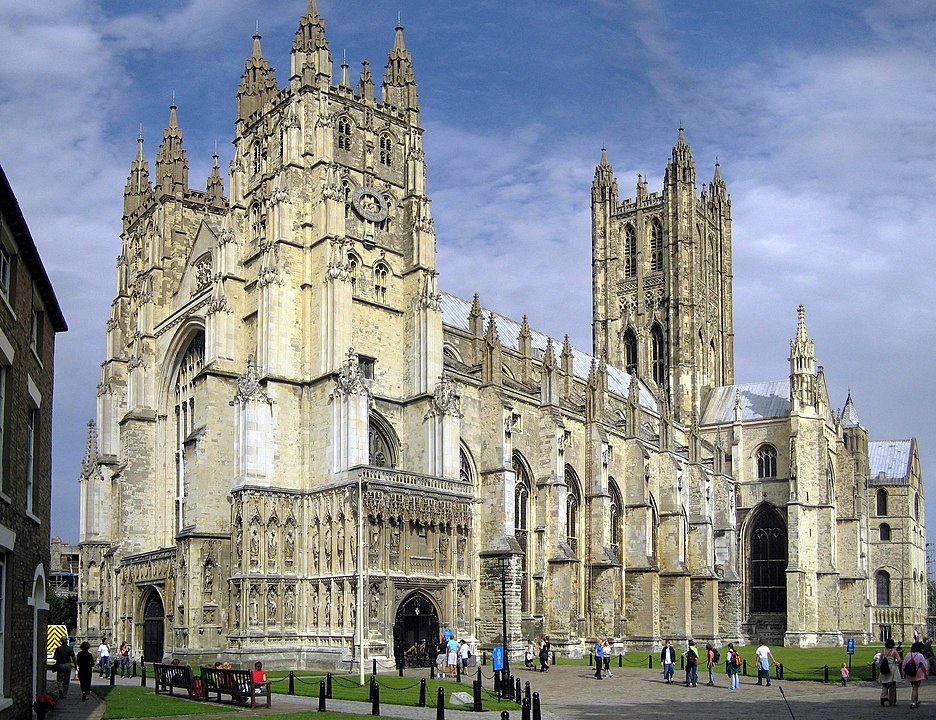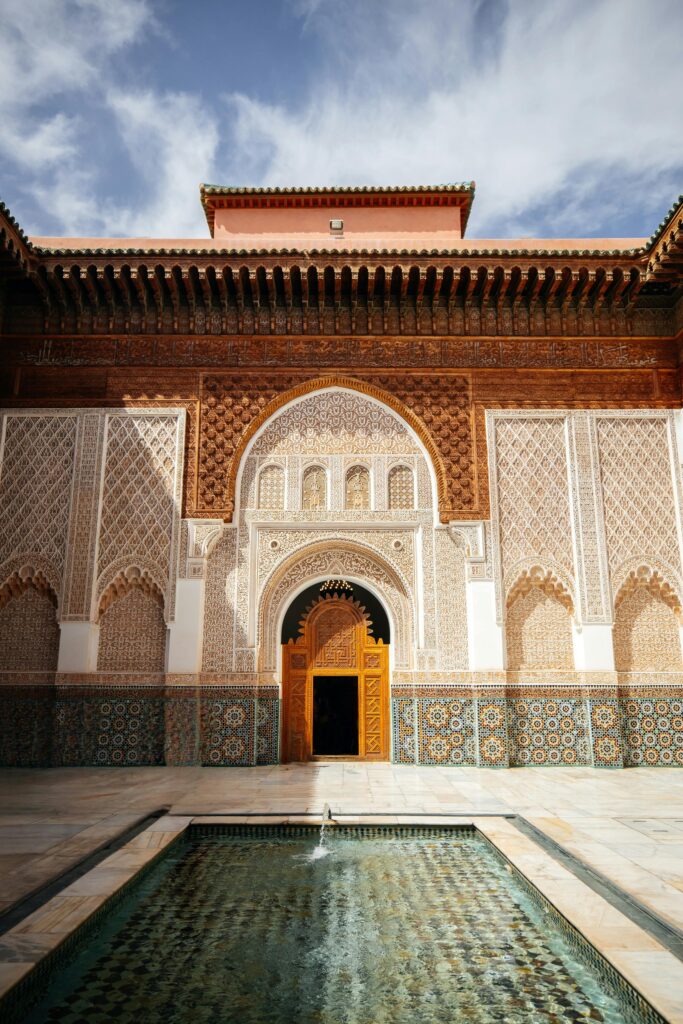 Architectural Marvels
Architectural Marvels
Medieval cathedrals were architectural marvels that dominated the skylines of medieval cities and towns. Constructed over decades or even centuries, these grand structures reflected the religious devotion and artistic ingenuity of the Middle Ages. Cathedrals like Notre-Dame de Paris and Chartres Cathedral featured Gothic architectural elements such as pointed arches, ribbed vaults, and flying buttresses, which allowed for soaring heights and large stained glass windows. These innovations created awe-inspiring spaces filled with light and color, serving as symbols of divine presence and community pride.
Centers of Worship and Community
Beyond their architectural splendor, medieval cathedrals were centers of worship and community life. They hosted daily services, religious festivals, and important ceremonies such as baptisms, weddings, and funerals. Cathedrals also served as pilgrimage destinations, attracting visitors from across Europe who sought spiritual solace and the veneration of relics. The presence of a cathedral provided a focal point for the religious and social activities of the town, reinforcing the central role of the Church in medieval urban life.
Economic and Cultural Impact
Medieval cathedrals had significant economic and cultural impacts on their surrounding communities. The construction and maintenance of a cathedral involved a vast workforce, including architects, masons, carpenters, and artists, stimulating local economies and crafts. Cathedrals also supported education and the arts, often associated with schools, libraries, and workshops for manuscript illumination and music. The cultural activities and artistic achievements linked to cathedrals contributed to the intellectual and artistic life of medieval towns, making them vibrant centers of culture and learning.
Conclusion
Medieval cathedrals were more than just places of worship; they were integral to the urban life of the Middle Ages. Their architectural grandeur, role in community worship, and contributions to economic and cultural life highlight their importance in the social and spiritual fabric of medieval Europe.
 Structure and Organization
Structure and Organization